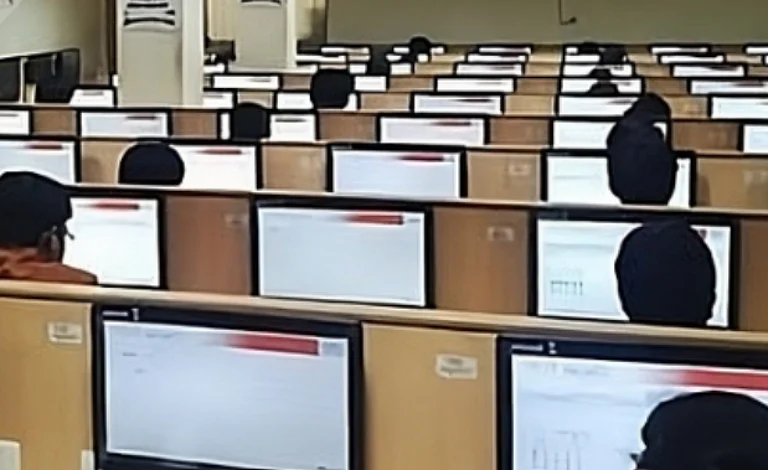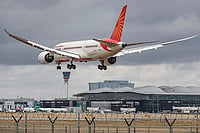The Centre for Social and Economic Progress (CSEP) launched a research paper called ‘Beyond the Coastline: India’s Land Connectivity Options around the Bay of Bengal’ in a webinar on April 10. The paper authored by, Constantino Xavier and Riya Sinha, both fellows at CSEP, focuses on the hinterland connectivity in the Bay of Bengal region and the connectivity should be multimodal. The paper’s aim is to analyse the present connectivity in the region, identify the gaps and make concrete suggestion to improve the situation.
The researchers found that in that last 10 years, the Government of India’s focus regarding the connectivity in the region has been mainly centred around maritime. Whereas the land connectivity has not garnered as much importance as it should have had. The paper argues that hinterland connectivity, roads, bridges, railroads etc., will complement the maritime connectivity to improve trade and business between India and its neighbouring countries.
The webinar was addressed by five distinguished speakers apart from the two authors. The speakers include Gen. Manoj Mukund Naravane, 28th Chief of the Army Staff of the Indian Army, Riva Ganguly Das Former Secretary (East), Ministry of External Affairs, Sohel Kazani Founder and Executive Director, Bharat Freight, Shahidul Haque, Former Foreign Secretary of Bangladesh, and Amitendu Palit Senior Research Fellow and Research Lead, Institute of South Asian Studies, National University of Singapore.
Gen. Naravane supported the argument presented in the paper regarding the importance of connectivity in the region and explained that the main crux of the Look East Policy was to benefit the North East region of the country. The policy was supposed to be implemented through the NE region. He emphasised that connectivity within the region will not harm security but will reduce insurgency. He reiterated that connectivity will flourish trade which will lead to development in the region. He said, “good development means less insurgency”. Talking about the army’s role in the connectivity process he said, ‘army can play the role of facilitator but not enabler’.
Riva Ganguly also supported the papers’ connectivity argument and said that ‘till 1965, despite being East Pakistan, India had soft border with [what is now] Bangladesh’. She said that the cascading effects of connectivity will not be seen immediately but it will take time. She also said that there is a difference in situation of mainland and border areas, policymakers situated in the mainland sometimes might not understand the border areas. She said the geopolitical situation in the region is better now and things should work fast to improve connectivity in the region. She emphasised that trade, business and people’s lives in general will improve with better connectivity in the region.
Shahidul Haque, brought in Bangladesh’s perspective in the discussion and said while the process to connect the region began with much enthusiasm, things have now slowed down. He also pointed out that the need to include the local people in the initiatives. He also said the perception regarding connectivity is also important -- Connectivity for whom? For people or business? He said that disconnect between the State initiative and people’s aspirations should be dealt with.
The importance of people’s participation was also one of the main points of Sohel Kazani raised. He brought in the first-hand experience of the Kaladan Project, a multimodal transit transport project between India and Myanmar. From the project’s experience he described how the project continued even when Myanmar went through a political turmoil. He said because the project was looked at as being beneficial for the people and the region, all governments and the people supported it. Development could be the ultimate binding factor among the communities. He described how the various ethnic communities from the region not only supported the project but worked on it too. He also said that even during the in-fighting of many states in Myanmar, the port was not touched. It was because the project is seen important for the development.
Kazani also described how for the project the company had to create a whole ecosystem in the area. They showed that the project is important for business between India and Myanmar. They shipped cement from India to Myanmar the first time and it was much cheaper, which increased local interest in the project. Similarly, farmers also wanted to send their produce through the route because it was cheaper and would yield them better prices.
Senior researcher, Amitendu Palit, also supported the idea of connectivity in the region and gave it a global perspective. He said that while goods can be transported via water, but they have to be made on land and eventually has to be delivered to people who also live on land, which makes hinterland and land connectivity important. He said, particularly for this region, connectivity is very important because it inhabits a huge section of the world’s population, and they don’t have much of which they need. He emphasised the need of multidimensional connectivity because goods need to travel, and people need to move within the region. For this people must realise the importance of connectivity but as participators.
The webinar resonated with the need for and importance of hinterland connectivity in the region. It will being multidimensional improvement for the region and the people.









.png?auto=format%2Ccompress&fit=max&format=webp&w=768&dpr=1.0)















